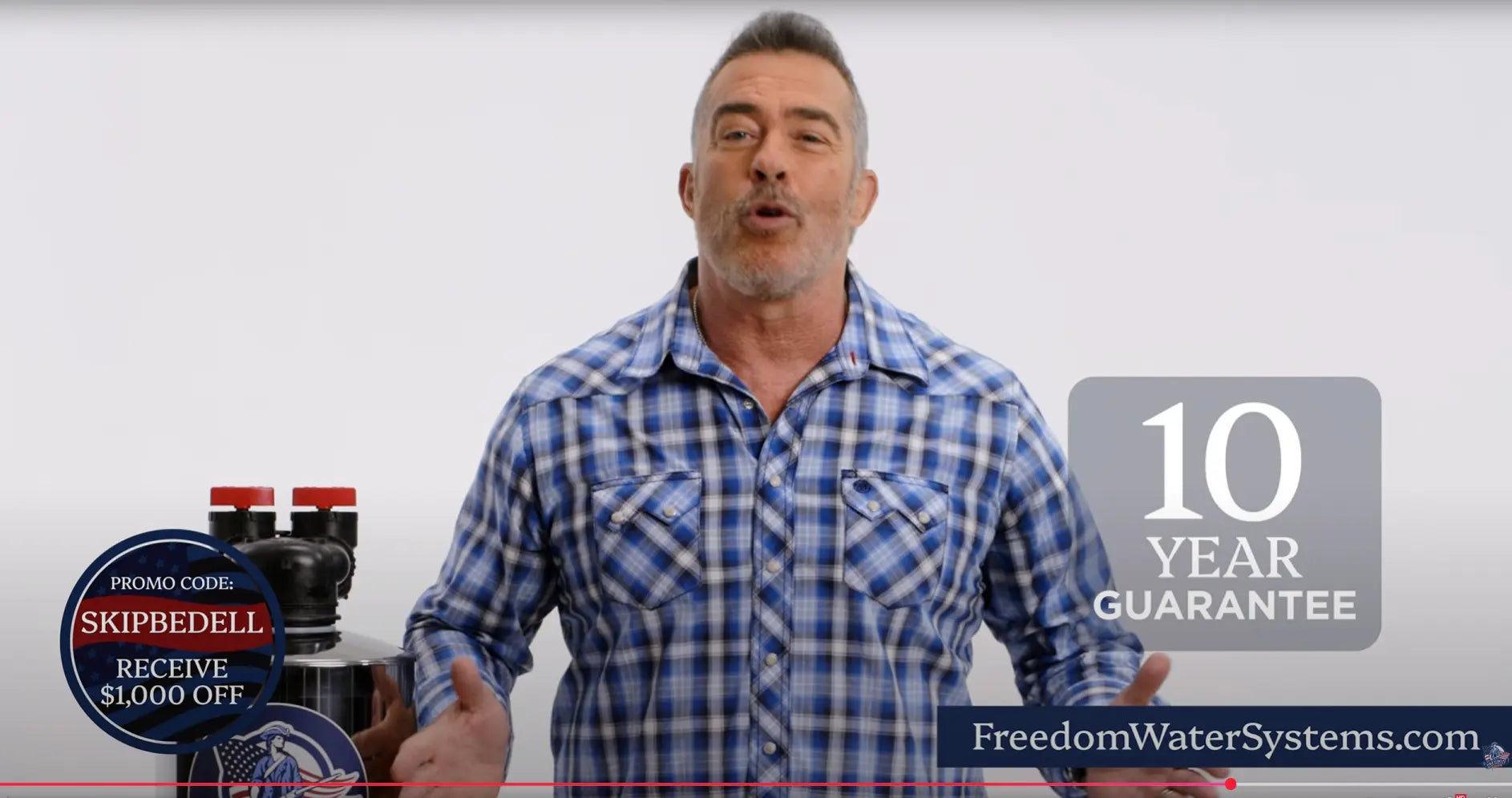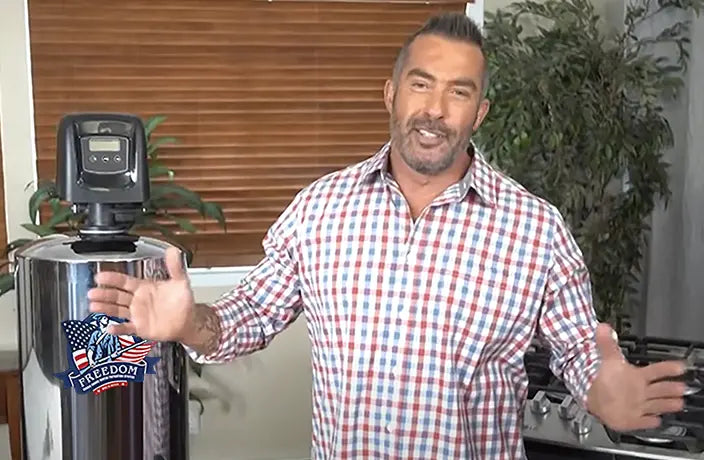Ever feel like PFAS keep multiplying faster than dishes in the sink? You’re not imagining it. On January 3, 2025, the U.S. Environmental Protection Agency added nine more per- and polyfluoroalkyl substances to the Toxics Release Inventory (TRI). That pushes the running tally to 205 separate “forever chemicals” that factories must now track and report. Good news for transparency; bad news for anyone hoping PFAS were yesterday’s problem.
Don’t worry—you won’t need a chemistry degree to keep up. Let’s unpack why this EPA move matters, how it affects the water flowing through your taps, and what you can do today to stay ahead of the next PFAS plot twist.
What Is the Toxics Release Inventory, Anyway?
Think of the TRI as a national scorecard for toxic chemicals. Each year, industrial facilities that make, process, or use listed substances must report how much they release into air, land, and water—or how they safely manage the waste. The data goes public, so watchdog groups, journalists, and curious neighbors can see what’s happening in their ZIP code.
Adding more PFAS to the TRI means two big things:
- Facilities can’t hide behind “trade secrets” for these nine chemicals anymore.
- Communities get a clearer picture of local PFAS emissions—and leverage to demand change.
Transparency is great, but it’s only half the battle. PFAS are nicknamed “forever chemicals” because they don’t break down in nature. Once released, they hitch a ride in groundwater, rivers, and even rainfall, eventually showing up in—you guessed it—municipal tap water.
Meet the New Nine
The latest additions include mouthfuls like Ammonium perfluorodecanoate (PFDA NH₄) and a squad of 6:2 Fluorotelomer sulfonate salts. If the names make your eyes cross, here’s the cheat sheet: they all share the slippery carbon-fluorine bond that makes PFAS persist in the environment and inside our bodies.
Research links various PFAS to immune suppression, thyroid disruption, developmental issues, and certain cancers. While toxicity studies continue, the trend is clear—lower is better, none is best.
Why “Reporting Year 2025” Matters to You
Facilities must start keeping tabs on these nine PFAS right now and file their first reports by July 1, 2026. That sounds ages away, but tracking began January 1. If a plant up the road uses any of these newbies, the emissions are already happening.
Meanwhile, drinking-water standards for PFAS remain a patchwork of federal advisories and tougher state limits. Translation: your utility might be legally compliant while still serving water that contains PFAS above the level health experts consider safe.
Quick Reality Check
- EPA’s current health advisory for PFOS and PFOA is 4 parts per quadrillion—practically zero.
- Many treatment plants still measure PFAS in parts per trillion, orders of magnitude higher.
- Testing and upgrades cost money; until regulations tighten, some utilities will wait.
So What Can a Household Do Now?
You could wait five years for sweeping federal limits—or you could take control this weekend. Here’s a practical plan.
1. Check Your Local Data
Start with the EPA’s TRI Explorer. Punch in your county and scan the PFAS column. See any of the nine newcomers? Make a note.
2. Pull Your Consumer Confidence Report
Every city water utility mails or posts a CCR by July 1. Look for words like PFOS, PFOA, GenX, PFHxS—or the newbie 6:2 Fluorotelomer sulfonate. Even “ND” (non-detect) has a footnote on the detection limit. If the report is silent on PFAS, that usually means your utility didn’t test.
3. Order a Lab Test
Want hard numbers? Send a sample to a certified lab. Home test kits can screen for a handful of PFAS down to single-digit parts per trillion—enough to know if you need action.
4. Install a Whole-Home Solution
Granular activated carbon (GAC) and anion-exchange media are proven PFAS bouncers. Reverse osmosis (RO) is a powerful backup. Luckily, you don’t have to cobble these stages together; the ECO-X Whole Home Water Filter stacks catalytic carbon, KDF-55, and optional RO polishing in one sleek tank.
Need extra capacity or pull from a private well, Freedom Water Systems offers a wide array of well water treatment option to custom tailor your water treatment needs.
5. Retest Each Year
Filters work, but only if you watch replacement schedules. The ECO-X and Platinum media beds ARE GUARANTEED to last up to 20 years, yet competing filter systems may need to be swapped out every 6–12 months.
Why a Whole-Home Filter Beats Pitchers and Fridge Cartridges
- One and done. Treat all faucets, showers, and ice makers at once.
- Hot-water advantage. PFAS don’t vaporize easily, but other contaminants do. Whole-home filtration keeps steam safer, so you aren’t inhaling all those chemicals when you take a nice steamy shower.
- Cost over time. Multiply the cost of a pitcher cartridge, coupled with the nuisance of having to remember to buy them (four times a year) by 10 years. A long-life media tank wins hands down. Additionally water pitcher filters do not protect your plumbing and fixtures from hard water scale damage
Looking Ahead: More Chemicals, More Clarity
The EPA’s latest additions prove one thing: the PFAS list isn’t finished growing. Each new toxicity study can trigger another automatic entry into the TRI. That’s good for awareness, but families can’t afford to play wait-and-see.
Installing a robust whole home water filter today means the next time a chemical makes headlines, you’ll take another sip of crisp, clear water—and simply nod.
Ready to Act?
Maybe your CCR already shows PFAS, or perhaps you’re still waiting for local data to catch up. Either way, the quickest route to peace of mind runs through the ECO-X and Platinum Series. Contact us for a free water consultation, and let’s keep “forever chemicals” out of your forever home.
Q: Will the new TRI listings force factories to stop using these PFAS?
No. TRI reporting creates transparency, not an outright ban. Facilities must disclose releases, which can pressure them to reduce or substitute chemicals.
Q: Does boiling water remove PFAS?
Unfortunately, no. Boiling can actually concentrate PFAS as water evaporates. Filtration is the safer route.
Q: How often should I change pre-filters in a whole-home system?
Every 6–12 months, depending on sediment levels. The main ECO-X or Platinum media tank can last up to a decade.
Q: I rent. Can I still use a PFAS filter?
Yes. Countertop and under-sink RO units remove many PFAS, though they treat only one tap. Always get landlord approval for plumbing changes.
Q: Does the ECO-X reduce other contaminants too?
Absolutely. It targets chlorine, VOCs, nitrate, heavy metals, and more—delivering great-tasting water from every faucet.
Reference: EPA News Release, “EPA Adds Nine Additional PFAS to the Toxics Release Inventory,” January 3, 2025.







